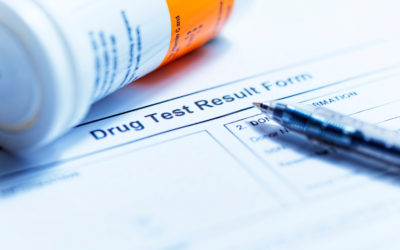As workplace safety remains a top priority, the Department of Transportation (DOT) continues to enforce strict drug and alcohol testing regulations for employees in safety-sensitive positions. In 2024, there have been important updates to the procedures and methodologies used in DOT drug testing. This article will provide an overview of these changes, along with the implications for employers and employees.
1. New Testing Methodologies Introduced
One of the most significant updates in 2024 is the DOT's authorization of oral fluid drug testing as an alternative to the traditional urine drug tests. This change provides employers with more flexibility in their testing procedures, especially in situations where collecting urine samples may be challenging. However, it’s important to note that, as of mid-2024, laboratories must be certified to handle oral fluid testing before employers can adopt this method fully.
2. Random Testing Rates Remain High
The Federal Motor Carrier Safety Administration (FMCSA) has maintained its stringent random drug testing rate at 50% for 2024. This rate was increased from 25% back in 2020 due to rising concerns over substance abuse among commercial motor vehicle (CMV) drivers. The continued high rate reflects the ongoing commitment to road safety, aiming to deter substance use among drivers and reduce the likelihood of accidents caused by impaired driving.
3. Post-Accident Testing Requirements
DOT regulations also mandate post-accident drug and alcohol testing under specific conditions, such as accidents involving fatalities, injuries requiring immediate medical treatment, or significant property damage. Employers must conduct these tests within strict timeframes—within 8 hours for alcohol and 32 hours for drugs—to ensure accurate results and maintain compliance
4. Trends in Substance Use and Testing Positivity Rates
Recent data from the 2024 Workplace Drug Testing Trends Report indicates that overall positivity rates in drug tests have remained at an all-time high of 4.6%, with notable increases in stimulant and marijuana use. This trend underscores the importance of robust drug testing programs in maintaining workplace safety, particularly in industries regulated by the DOT.
5. Challenges and Recommendations for Employers
Employers must stay informed about these updates and ensure their drug testing policies are compliant with the latest DOT regulations. This includes understanding the new oral fluid testing procedures, maintaining the required random testing rates, and promptly conducting post-accident tests. Additionally, investing in employee education and awareness programs can help foster a culture of safety and compliance within the organization.
To assist with compliance, we offer a range of DOT testing services:
These packages are designed to help you meet all DOT requirements efficiently and effectively.
Conclusion
The updates to DOT drug testing regulations in 2024 reflect a continued emphasis on safety and compliance within safety-sensitive industries. By understanding and implementing these changes, employers can help ensure a safer work environment and reduce the risks associated with drug and alcohol use among employees.

